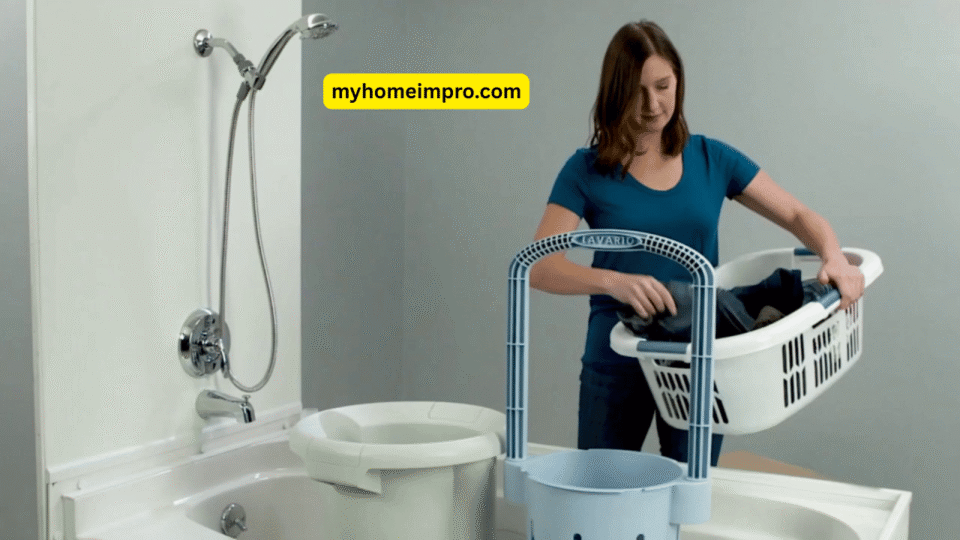In an era where people are becoming more conscious of energy use, water conservation, and sustainable living, the manual washing machine stands out as a practical and cost-effective alternative to electric models. Whether you’re off the grid, traveling in an RV, or simply want to reduce your utility bills, a manual washer can be a perfect fit for your lifestyle.
This comprehensive guide covers everything you need to know about manual washing machines, including how they work, their benefits, types, how to use one, and what to consider before buying.
What Is a Manual Washing Machine?
Table of Contents
A manual washing machine is a type of clothes washer that operates without electricity. Instead of automated cycles, users rely on hand cranking, plunging, or manually agitating the laundry to get clothes clean. These machines are compact, lightweight, and often portable—making them ideal for campers, students, small homes, or people living in areas with limited electricity.
Key Benefits of Using a Manual Washing Machine
1. No Electricity Required
Manual washers work completely without power, saving money on electricity bills and making them usable in remote or off-grid locations.
2. Saves Water
They use far less water than automatic machines. Some use only 2–4 liters per cycle—making them highly efficient for small loads.
3. Portability
Most manual washers are lightweight and compact, easily fitting in small apartments, RVs, or even suitcases. Perfect for travel, dorms, or tiny homes.
4. Budget-Friendly
Manual washing machines are significantly cheaper than automatic ones. There’s also no need for installation, plumbing, or ongoing maintenance.
5. Gentle on Clothes
The gentle motion of hand-powered washing reduces wear and tear on delicate fabrics compared to traditional machines.
6. Great for Emergency Use
In case of power outages or water supply restrictions, a manual washer ensures your laundry doesn’t get delayed.
Types of Manual Washing Machines
Different manual washers offer unique methods of washing and water extraction. Here are the most popular types:
1. Hand Crank Washer
This type uses a rotating crank to agitate clothes inside a sealed drum. It’s one of the most efficient manual models and often includes a built-in spin function.
2. Bucket Washer
A simple setup where clothes are placed in a bucket with detergent and water. A handheld agitator is used to manually scrub the garments.
3. Plunger Washer
This setup includes a bucket and a specially designed plunger. The up-and-down motion simulates the agitation needed for washing.
4. Roller Wringer Washer
This combines a hand crank with a pair of rollers to wring out excess water after washing. Ideal for homes that want an old-school yet effective way to clean clothes.
5. Washer Bags
These are compact, foldable bags with a textured interior. They’re ideal for light travel and small laundry loads.

